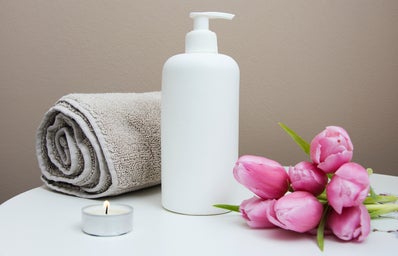Several weeks ago, an image of Marc Jacobs Foundations went viral within the makeup community.
The box containing the makeup held 22 shades and out of the total, women of color were blessed with three shades.
This problem exists in more than just the high-end market. As a college student, I can’t afford to just blow hundreds in my local Sephora. Instead I look to Ulta and my local drugstore for reasonable options, but that barely works.
This past Christmas, my mother asked me why my foundation was going to cost her $43 and I told her that I’m too dark for the drugstore.
Many women of color are unable to shop in the drugstore because the shade ranges of face makeup are not created for our skin tones. We are forced, not given the option to choose.
Sometimes brands like L’Oreal, Revlon and Maybelline create darker shades for us but depending on your location, local stores may only cater to the majority.
We are then forced to break the bank and shop at MAC, Make Up For Ever and Sephora in order find makeup that matches. We end up paying two, three, even four times the amount of a bottle in the drugstore. Same amount of product, but one brand acknowledges that we exist.
More affordable brands like Sacha Cosmetics, IMAN Cosmetics, Covergirl Queen Collection and Black Opal were created for women of color, but given the locations I’ve resided, I have never found them in a CVS, Walgreens or Rite Aid I’ve stepped into.
Women of color will have multiple foundations that are within the same product lines to mix and match colors in order to try and make a flattering shade for themselves.
My favorite part of foundation commercials is when they boast about 12 shades and nine or 10 of these shades are for paler complexions. I’m confused as to how fair-skinned women come in a variety of shades, but those of us with more melanin only come in two or three?
As women of color, African-American buying power is expected to increase to $1.3 trillion by 2017, Asian-American buying power is set to increase to $1 trillion in 2018 and Hispanic buying power is projected to reach $1.7 trillion by 2019.
With all three races holding so much buying power, why can’t we get a better representation within the drugstore market? Why do we have to be selective when purchasing makeup from the drugstore?
They can have 10 different names in between porcelain and ivory but women of color only have tan, caramel and mocha. If we’re lucky, maybe they’ll add in a honey and a chestnut.
Slowly but surely, brands are expanding their shade ranges to include more for women of darker complexions. There should be appreciation for these extensions, but more awareness must be spread throughout the makeup community. It must be more than just women of color bringing attention to the issue.
Until drugstore brands roll out a variety of shades for women of color in all of their product lines, I’ll continue to mix this Make Up For Ever foundation because I don’t have $43 to constantly throw out at Sephora.

